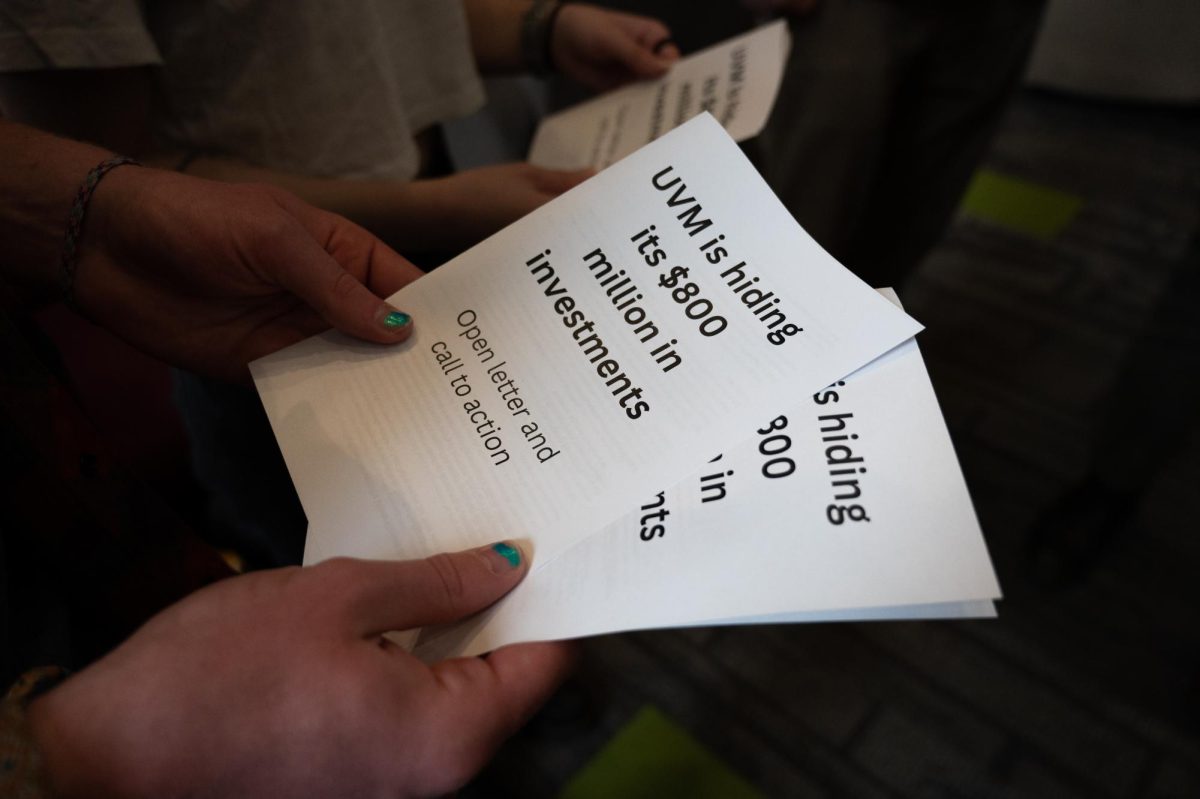In the recently released Sin City, one of the film’s anti-heroes, Marv, is hit by a car four times, each impact sending him flipping into the air before smashing back down to the pavement, taking a constant stream of bullets to the torso all the while. After one bone-shattering hit, he gets up and says… Well, who even remembers what he says-he should be dead twenty times over! The viewers are not listening to the dialogue; we are too busy laughing at the orgiastic display of violence. It is clear that as the years have gone by, action films across the board have become increasingly violent. Quentin Tarantino, the leader in modern American action films comments on the violence in his work, “This is obviously not taking place in the real world. There are all these distancing devices that put you in the right frame of mind. But also everything I’m doing, there’s just a level of playfulness. How can you take it seriously? How can you get hung up on it?” The climactic battle royal between “The Bride” and “The Crazy 88’s” near the end of Kill Bill vol. I comes to mind. Tarantino is, of course, correct. When I watch this scene I am not disgusted at the sheer amount of death, violence, and de-limbing. Instead, I am laughing (or at least smiling). We are meant to be amused by its unreality, and, in the mean time, impressed by the stunning cinematography, flawless special effects, and breath-taking martial arts. And Tarantino has again and again taken top honors in this specific genre of action. But, is something lost in this overabundance of violence? What if movies like Sin City and Kill Bill have set the “violence bar” at a new height from which it cannot return, devaluing any action movie with less than demigod level killing? When Robert Rodriguez (director of Sin City) was filming Desperado, the second installment in his El Mariachi Trilogy, Tarantino showed up on the set and said, “This is your ‘Dollars’ trilogy.” He was referring to Sergio Leone’s Man With No Name series, comprised of A Fistful of Dollars, For a Few Dollars More, and The Good, The Bad, and The Ugly. It is no secret that directors like Tarantino and Rodriguez emulate Leone’s work. I watched A Fistful of Dollars again before going to see Sin City, and found myself amused by the dark elegance of Clint Eastwood’s character in ways that Rodriguez’s latest effort could never accomplish. I am not about to argue that the “spaghetti westerns” are not brutally violent-they are-but they are less violent than their successors. Once, it was awe-inspiring to watch a character walk into a room and take out five bad guys before they could even get a shot off. Now the heroine must kill eighty-eight of them-with a sword. Once it was titillating to watch the hero take bullets to his metal covered chest while taunting the villain, breaking him down psychologically. Now the hero must be able to endure tens (possibly hundreds) of gunshot wounds before slaying everyone and running off into the night. When is the willing suspension of disbelief pushed too far? With the success of Sin City, the lesson appears to be that if the hero is badass enough so as to be invincible, then a coherent plot line with strong dialogue is no longer necessary. As mentioned above, if you turn your action film into an impressively shot comedy, then who cares (or remembers) what was said? Or what it was about? Or how many plot-holes there were? About half way through Sin City, I can’t help but feel that the script bears a loose resemblance to that of a porno: superfluous and cheesy. Dialogue seems strategically placed to offer moments of comic relief between the constant barrage of shocking footage. I will not dispute that top action directors today are producing entertaining movies. However, in their attempt to emulate movies and directors of the past, they have undermined them. I have tried to share The Good, The Bad, and The Ugly, perhaps one of the greatest action films of all time, with many of my friends only to watch in dismay as they loose interest within twenty minutes. If A Fistful of Dollars were released today, it would be a box-office bomb. Even Tarantino’s early work would have trouble matching up to the standard he has set with Kill Bill. People have come to expect instant and non-stop death in movies, and any action film that does not deliver is sure to lose the audience’s attention.












